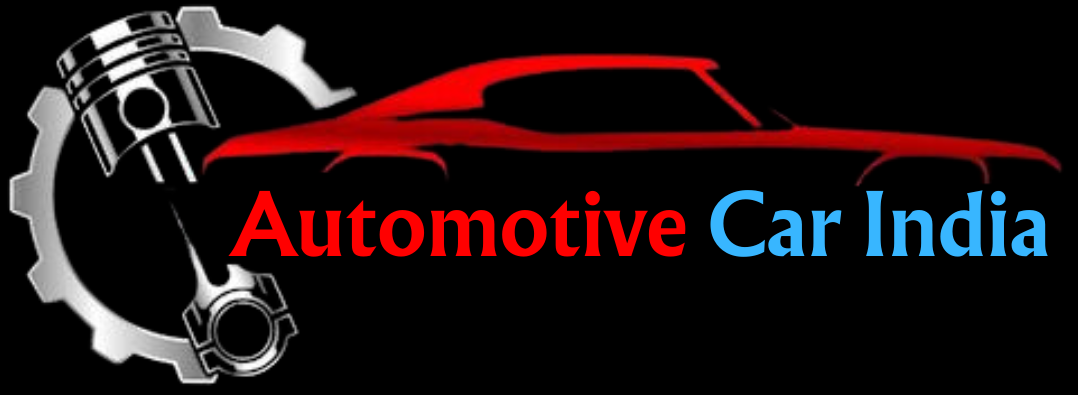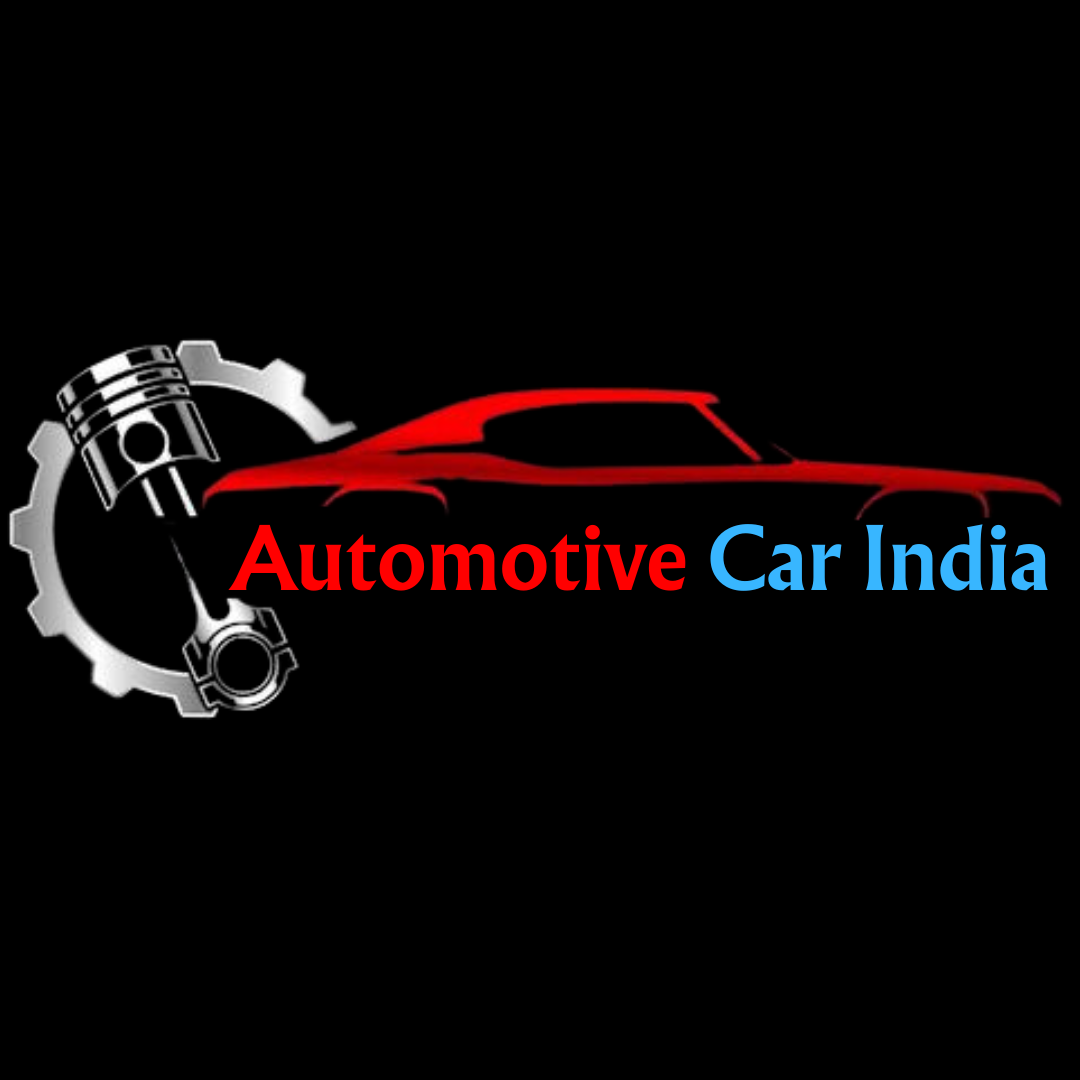
Parts of an Internal Combustion (IC) engine:
Read Time:55 Second

Major Components:
- Cylinders: Where fuel is burned to produce power.
- Pistons: Move up and down in cylinders, driven by explosive force.
- Crankshaft: Converts reciprocating motion of pistons into rotary motion.
- Camshaft: Operates valves that allow air-fuel mixture in and exhaust gases out.
- Valves: Control flow of air-fuel mixture and exhaust gases.
- Engine Block: Houses cylinders, pistons, and crankshaft.
- Cylinder Head: Sits on top of engine block, contains valves and spark plugs.
📌Supporting Components💯
- Timing Belt or Chain: Synchronizes crankshaft and camshaft rotation.
- Oil Pump: Circulates engine oil for lubrication.
- Water Pump: Circulates coolant for temperature regulation.
- Spark Plugs: Ignite air-fuel mixture in cylinders (in petrol engines).
- Fuel Injectors: Spray fuel into cylinders (in diesel engines).
- Piston Rings: Seal gaps between pistons and cylinders.
- Connecting Rods: Link pistons to crankshaft.
📌Accessory Components📌
- Alternator: Generates electricity for vehicle’s electrical systems.
- Starter Motor: Turns engine over during starting.
- Air Filter: Cleans air entering engine.
- Fuel Filter: Cleans fuel entering engine.
- Exhaust System: Directs exhaust gases away from vehicle.
These parts work together to convert chemical energy from fuel into mechanical energy, powering your vehicle!




Average Rating